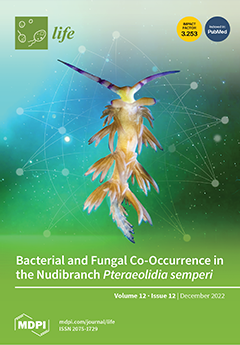Background: Emerging evidence suggests an intricate relationship between vitamin D, Ca
2+, and inflammation-driven anemia. We, thus, investigated the patterns of serum 25(OH)D
3, Ca
2+, ferritin, and iron in healthy and anemic members of the Saudi population. Methods: A
[...] Read more.
Background: Emerging evidence suggests an intricate relationship between vitamin D, Ca
2+, and inflammation-driven anemia. We, thus, investigated the patterns of serum 25(OH)D
3, Ca
2+, ferritin, and iron in healthy and anemic members of the Saudi population. Methods: A population-based, retrospective, cross-sectional study was designed to analyze data for 14,229 subjects, aged 3–110 years, obtained from Al-Borg Medical Laboratories, over a six-year period (2014–2020). Gender and age differences were analyzed for 25(OH)D
3, Ca
2+, hemoglobin, ferritin, and iron. Results: Vitamin D deficiency was extremely prevalent (98.47%) irrespective of age or gender, despite an increasing trend with age, in clear contrast to serum Ca
2+. Ferritin was significantly lower in young adult and adult females, compared to elderly females, whereas iron was significantly reduced in females; in particular, adult females compared to young adults or elderly adults. Only anemic adult males had significantly lower 25(OH)D
3, while Ca
2+ was consistently significantly diminished in anemics of all age groups, independent of gender. Notably, hypocalcemic subjects were 2.36 times more likely to be anemic. Moreover, ferritin, but not iron, was significantly diminished in anemics, which was only evident in young adults and adults. However, both ferritin and iron showed positive correlation with hematocrit, hemoglobin, MCH, MCHC, and MCV. Conclusions: Despite being significantly lower in anemics, 25(OH)D
3 is not particularly associated with anemia, while hypocalcemia is associated with an increased risk for anemia. Assessment of vitamin D and Ca
2+ status may be valuable in the clinical management of anemia in the Saudi population.
Full article






